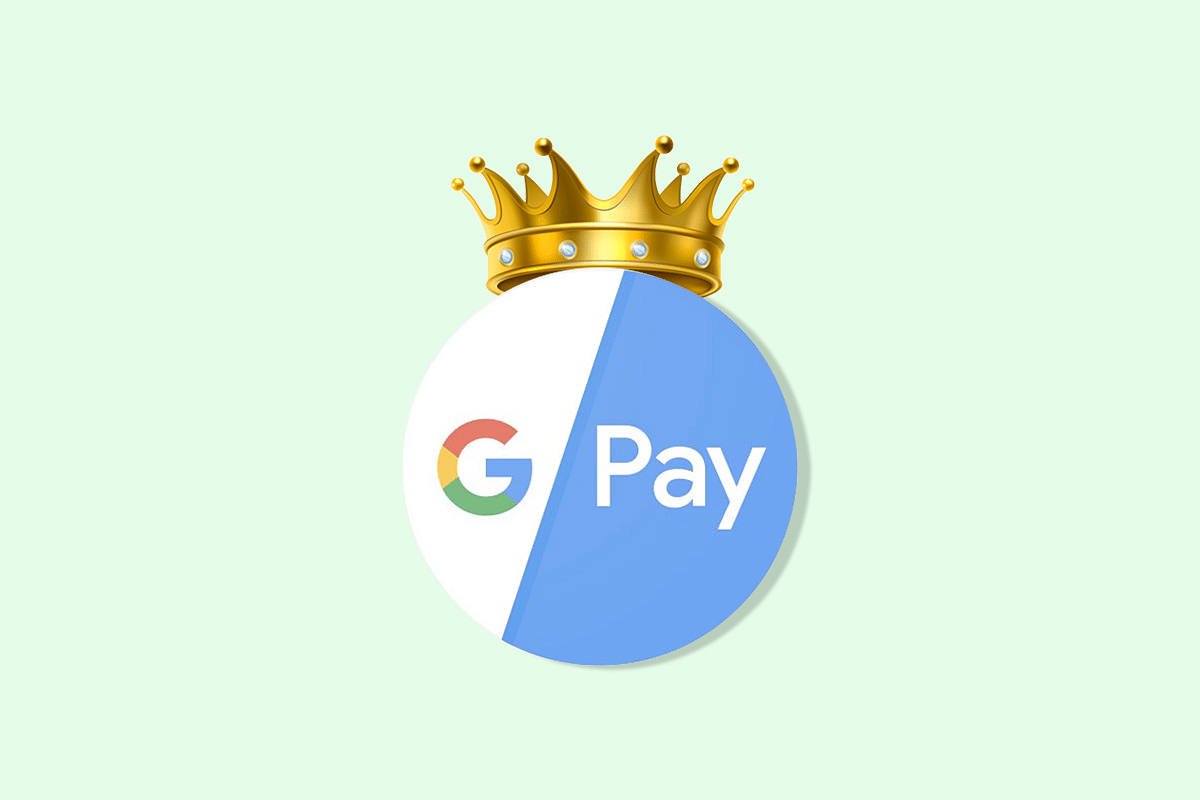News Brief
How Google Pay’s New Major Update Is A Big Step In Its Quest To Become The King Of Indian Digital Payments
- Google Pay already dominates the UPI segment with over 35 per cent market share, it is now eyeing the merchant payment vertical

Google Pay
Digital payment platform Google Pay (GPay) today (19 September) dropped a major feature upgrade which sees it venturing out of its UPI stronghold to conquer a whole new market segment - merchant payments.
Besides vying to woo business to jump on its bandwagon, GPay has brought goodies for private customers which includes a new security feature.
What’s New?
For private users, Google has introduced a new feature called “Tokenized cards” which will initially work in case of Visa. Under this process, users need not enter their real card number at any point of the transaction.
GPay instead uses a virtual token number which is only valid for the duration of that particular payment, thus preventing potential misuse. GPay has also decided to dabble in a bit of “Linkedin” by launching a jobs spot platform, which will list entry level jobs in various tech firms.
The biggest update though is the launch of “Google Pay For Businesses”. As reported by Tech Crunch, it will be an independent app which will allow businesses to accept payments without engaging an intermediary.
As per GPay’s director Ambarish Kenghe, the company seeks to tap into a sizeable fraction of the 60 million odd small and medium enterprises in India which are still not connected to the digital payment world.
GPay has also launched something called a “spot platform”, sort of a marketplace for sellers which will allow them to feature their products on the platform. It has also introduced “spot codes” a variant of QR codes which will allow users to directly view the business’ marketplace.
So why is Google actively pushing to enter the merchant payment market, and why is it key for it to become India’s digital payment king? To answer it, let’s look at a brief background.
A Late Entrant Turned Leader
GPay has been a late entrant to the digital India party. Initially launched as Tez in September 2017, the company re-branded the platform to its present name in January of next year.
The company largely focused on the new kid on the block - Unified Payments Interface - UPI, popularised post demonetisation, as its payment transfer medium. Any bank account which supported BHIM UPI could be used to transfer money from one user to another.
Besides, a lucrative referral program, GPay provided virtual scratch cards to its users for every payment above Rs 150, which turned out to be quite popular.
The result? GPay is currently the market leader in UPI transfers alongside PhonePe with over 35 per cent market share. GPay now also has the largest number of monthly active users at 67 million.
Knocking On Paytm’s Bastion
While GPay is acing the UPI game, it is still not entrenched in the merchant payment domain, where Paytm still rules the roost. As per reports Paytm processed a total of 120 crore merchant payments in the first quarter of FY20, which gives it a market share of a whopping 70 per cent.
The magnitude of the potential can be gauged by the fact that Paytm managed these figured after being accepted at 1.4 crore outlets. GPay by its own admission is targeting a market size of 6 crore businesses.
Future Is Bright
The future is bright for digital payment platforms in India - especially GPay as digital payments are expected to more than double to $135.2 billion by 2023.
The share of UPI transactions too are expected to rise to 59 per cent in India’s monetary space by 2025. GPay already has a sizeable market share in this segment.
Its advantage GPay - at least for the near future.
Introducing ElectionsHQ + 50 Ground Reports Project
The 2024 elections might seem easy to guess, but there are some important questions that shouldn't be missed.
Do freebies still sway voters? Do people prioritise infrastructure when voting? How will Punjab vote?
The answers to these questions provide great insights into where we, as a country, are headed in the years to come.
Swarajya is starting a project with an aim to do 50 solid ground stories and a smart commentary service on WhatsApp, a one-of-a-kind. We'd love your support during this election season.
Click below to contribute.
Latest